Swiss ball, stability ball, fitness ball, balance ball, fit ball, large and small exercise ball are all names for the same type of bouncy, colorful balls you see in practically every gym. They vary in size, are inflated with air but are puncture-resistant and are made of pliable soft PVC. They are used in exercise and training as well as rehabilitation and physical therapy. Originally known as the Swiss ball, these elastic balls were created in 1963 by an Italian plastics manufacturer called Aquilino Cosani.
The benefits of exercising with a fitness ball is that a great many more muscles are engaged because of the unstable nature of balancing your body on the ball. Doing a workout on a hard surface does not encourage the muscles to respond as much, especially the deeper core muscles.
The core muscles are predominantly the back and the abdominal muscles, and exercising these greatly assists in supporting the skeleton.
The old adage ‘small is beautiful’ also applies to fit balls because, as well as large ones, they also come in smaller sizes. These smaller ones are becoming more popular and here’s why. A smaller ball fits in the natural curve at the bottom of your back called the lumbar spine. The smaller ball fits all lengths of spinal column, short or long, and when you lean back onto it your abdominal curl is far more effective compared to leaning back over a large ball. Your body is extended further because the smaller balls have smaller diameter.
At around 10% of the size of the larger balls, a leading U.S. fit ball manufacturer claims that the smaller balls are 200% more effective than the large ones.
With regular sit ups or abdominal crunches, a large fit ball needs the body at a certain angle and position to get the most out of the workout and really engage those abs. What tends to happen is that the hip flexors are engaged and your back muscles can become strained too.
Small exercise balls instantly angle you in the optimum position to obtain the best results from your abdominal workout. As well as a greater extension, they also give you a better range of motion so you receive a significant boost when crunching your abs. Compared to ordinary abdominal crunches, small fit balls are up to 408% more effective.
On a practical note, the larger balls are of course trickier to store. The small ones are more convenient to leave inflated and are easier to store in a cupboard when not in use. When deflated they are so much smaller than deflated larger balls and are easier to throw in your holiday luggage too!
So it does seem that the smaller balls are the way to go for getting strong, defined and flatter abs because forward flexion and extension of the back is obtained. It works those deeper muscles as opposed to larger balls where your abdominal curl is not so effective. Investment in a small exercise ball seems to be the way forward for a deeper workout with those hard-to-reach lower abdominal muscles becoming more engaged compared to using the larger balls.
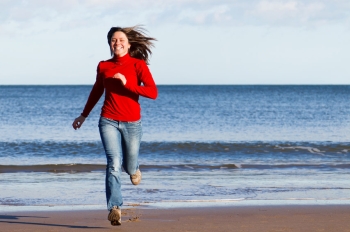

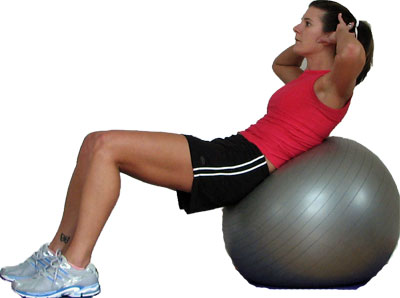
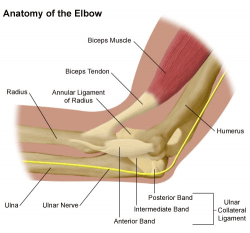

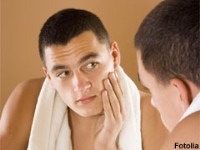


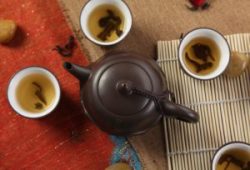

Great stuff but you must take care of your lumbar region. A cheap and simple lumbar pillow can work wonders for lower back pain.
I took an ab work out class at women zone, they used a smaller ball and 2 days later my stomach still hurts!!! by smaller they mean the size of a soccer ball. its an amazing workout if you sit down and put the ball right up against your butt and do different variations of sit ups (slow going down, fast coming up; slow going up, fast going down, clapping under one leg then the other, scissors, etcc…). you will not be disappointed! 🙂
Define small so I can buy
A very long story without the essential: What is the ideal ball diameter? e.g.:
1-1/2 or 1-5/8″ ???
After reading the above article it occurs to me that maybe people should be “Fitted” to the correct size of excercise ball in the same way that an English gentleman would have had been fitted to a bespoke shotgun, i.e the most important thing is the length of the limbs and height of the individual. Most of the human race are between 4ft10 and 6ft 2 , that is quite a variation in size. I should like to think that the manufacturers of these excercise balls give (or should give) some advice on height/optimum diameter to the end user or fitness professionel where they will be used.
You indicate the benefits to core muscles from a “small fitness ball” but you do not indicate what size “small” is. I appreciate your exercise regimen, however a graphic or video clip would be
very helpful. Seeing is a lot better than visualizing in one’s head precisely what you mean in terms of proper performance of a particular exercise. A graphic or two in that regard would be of great benefit.
Wishing you continued growth and success. Thanks for a timely reply on this matter.
R.L. Falk